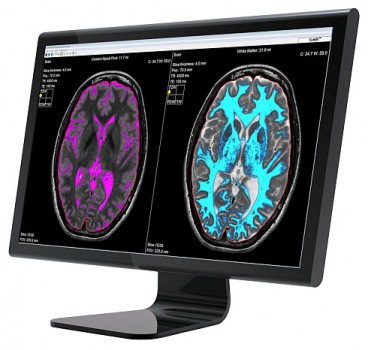As the incidence of stroke among among younger, working people has grown, so has the need to provide the best care possible so they can return to work and family life, according to a Norwegian study.
Associate professor of nursing and head of the Department of Nursing at Hedmark University College Randi Martinsen recently interviewed 16 people between the ages of 18 and 67 who have had a stroke for a study recently published in theJournal of Neuroscience Nursing.
Martinsen believes it is important to learn more about younger stroke survivors because they will live a long time with very serious health effects.
“We have to get better at finding ways to prevent stroke, and to help stroke survivors handle their everyday lives,” she told BioSpace.com
It is common for people who have had a stroke to have problems with memory and concentration. They may be tired even though they have slept for many hours or they may have problems with language and speech, and many struggle with anxiety and depression and have problems with social relationships, according to an article by ScienceNordic.
In the past, people who suffered a stroke in Norway would stay for some time in a hospital and would then be transferred to a rehabilitation centre. Now, most rehabilitation is done at home.
Martinsen learned from her research that providing most of the stroke rehabilitation services at home has its flaws.
“Everything usually goes fine while the patient is in the hospital,” she says. “But when they are discharged, they become the responsibility of the municipal health services system, where not enough is known about how to help stroke survivors. Patients simply don’t get the help they need, especially if they don’t have any visible physical symptoms.”
Source: ScienceNordic








